After The Great Mughals: Painting in Delhi and The Regional Courts in the 18th and 19th Centuries
Synopsis
Although the Study of painting under the Great Mughals is one of the most popular topics of Indian art historical research, scant attention has been given to the continuation of this tradition - the paintings and illustrated manuscripts produced at the Delhi court and various regional schools from the reign Bahadur Shah I in 1707 to the end of the reign of Bahadur Shah Zafar in 1858. During this period, the government at Delhi became weaker with multiple invasions by the Persian and Afghan armies, and attacks by Rohilla, Maratha, and Jat forces. Court artists fled Delhi to the safety of new eastern capitals, at Lucknow or Faizabad in Avadh or Murshidabad in Bengal, and local schools with highly individualistic styles came into their own. Hovering over these schools of painting was the influence of patrons from the East India Company. This Marg volume addresses several important themes of the era: the development of the styles of major artists, such as Chitarman, Dip Chand, and Imam Bakhsh, and their influences on later Mughal painting; the proliferation of regional styles during these years; and finally offered are new appraisals of the European contribution to Indian art of these 150 years. This Marg issue is resplendent with colour and black-and-white illustrations of 'paintings in Delhi and the regional courts in the 18th and 19th centuries' which, incidentally, is the sub-heading of the book. One of the most impressive colour portraits of the Avadh school is displayed on page two of the volume, and features John Wombwell, a paymaster and auditor general to the Nawab's troops under British command. He sits smoking a hooka and gazing pensively out of an open door, while behind him an attendant waves a morchhal. This remarkable picture is reproduced in black-and-white once again within the book. It is the understanding of this art and its patrons in the transitional period between waning Mughal power and a rising British empire that the book has devoted its interest and scholarship. The English first started coming to Indian artists to paint subjects of interest to themselves in the second half of the 18th century. Today this type of work is called Company Art, and it includes some 300 natural history drawings made in colour in Kolkata. One exquisite example in the book is of an Indian blue jay bird. Other essays in the book include one on 'Articulating a Life, in Words and Pictures'. It is sub-titled, 'Begum Samru and The Ornament of Histories' and is written by Aditya Behl of the University of Pennsylvania.
Read more
101.70
91.53
$
113.00 $
Free delivery Wolrdwidе in 10-18 days
Ships in 2-4 days from New Delhi
Membership for 1 Year $35.00
Get it now and save 10%
Get it now and save 10%
BECOME A MEMBER



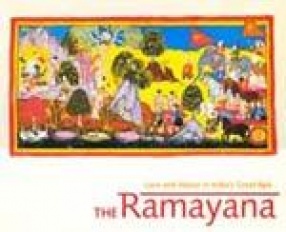
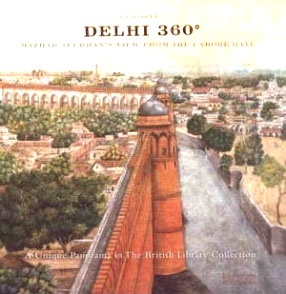
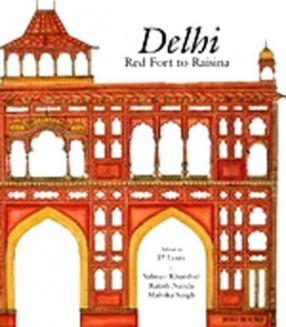
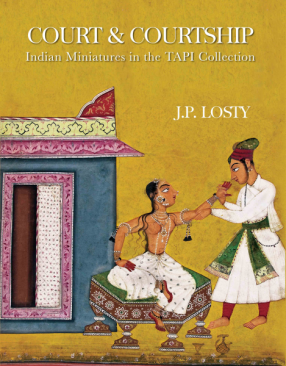
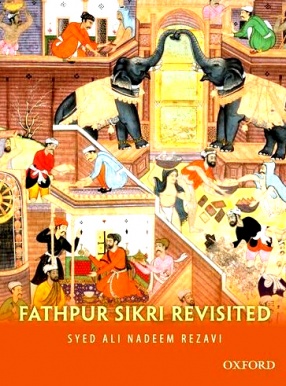
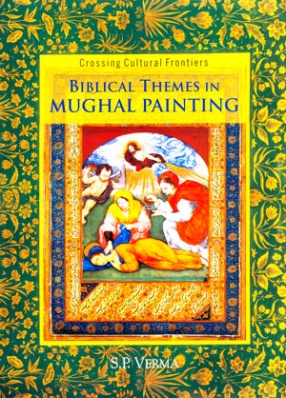
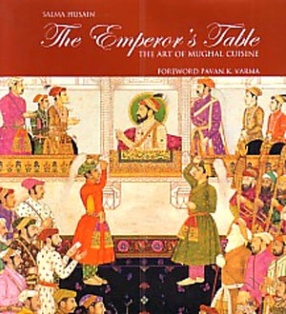
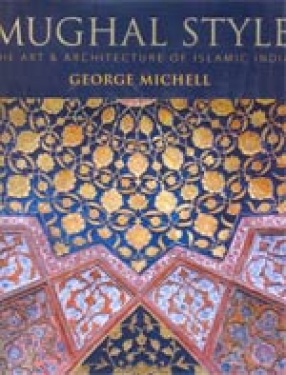

Bibliographic information
Terence McInerney
J P Losty